If you are curious enough you may have discovered a small screen disk at the tip of your kitchen faucet- faucet aerator. It’s a feature that’s mostly found in modern kitchen faucets and its misunderstood as being a primarily filtration device. These specific small faucet device is as old as your great grandmother’s house, they first entered homes in 1940’s as an add-on device, and today they are standard components on nearly all kitchen faucets as well as bathroom faucets. Below you can learn what exactly an aerator is and why it’s such an important feature in your faucet.
Definition.
Faucet aerator is a small, round device with a metal screen disk that is attached at the base of your faucet. It is designed to create a mixture of water and air resulting to a more consistent, splash-free stream of water.
Its purpose.
Faucet aerators have several purposes the main one being improving physical operation of the faucet and enhancing the experience of using the faucet. Trust me, you will never look back once you have introduced a faucet aerator on your faucet. Lets now dig into more benefits of it.
- Creates a wider stream of water- it creates the shape of water stream that’s coming out of your faucet.
- Lessens water splashing in the basin- faucet aerator reduces the volume of water that’s falling out of your kitchen faucet hence reducing the splash distance of water as it falls from your faucets and hits the sinks basin.
- Its very economical- Saves water and energy- faucet aerators reduces water flow hence saving you a lot of it. We are all about saving some dollars in our households and this specific feature will come in handy.
- Bubbles activate soap faster hence saving soap and water- faucet aerator introduces bubbles to the water allowing it to run longer while using less water hence saving on water as well.
- Gives water a softer feeling to the hands.
- Gives drinking water a lighter, fresher taste
- Filter sediments
How Much Water Does a Faucet Aerator Save?
From the above benefits, we have seen that the common benefit is saving water and so you must be wondering, how much water does it save? Depending on the aerator you choose, you can save 2.5 to 15 gallons of water per day. For example, a low-flow aerator (1.0 gallons-per-minute) can save more than 50 percent of water you use per day, hence saving energy as well. It’s a very beneficial kind of an aerator compared to a standard aerator (2.2 gpm).
Another example is a mesh screen aerator. This aerator has simple aeration of water flowing from the faucet. It offers that feeling of normal pressure (it does not restrict the flow of water or its pressure) even though less water is actually being used.
Generally, faucet aerators also help to consume energy by reducing the level of hot water consumption as well. By reducing the amount of hot water being used, the water heater is used less frequently, saving both energy and money.
What to consider when buying a kitchen faucet aerator.
What Aerator Should I Choose?
Not all aerators are the same, so keep the following factors in mind when searching for your faucet aerator.
- Male/Female Threads: Just like human beings, aerators come in two varieties. “Male” and “female” varieties. Your choice depends on the type of faucet you have. ‘’Male’’ faucet should go with ‘’female’’ aerator and vice versa. If you have trouble identifying which type of faucet you have, don’t worry because I am here for you. If your faucet has threads on the outside, then it is “male”, if your faucet has threads on the inside, it is “female”
- Size: Aerators come in different sizes, and your choice, again, depends on the size of your faucet. Among them is a regular (usually 15/16” Male or 55/64” Female) and junior (usually 13/16” M or 3/4” F). You can measure your faucet, or use a simple shortcut using coins. If your faucet is roughly the size of a nickel, it needs a regular-size aerator. If your faucet is roughly the size of a dime, it will use a junior-size aerator.
- Use: Different aerators have different levels of water flow restriction (usually measured in gallons per minute). A standard aerator (2.2 gallons-per-minute) is considered a higher volume aerator, it feels like not using the aerator at all. The standard aerator is best for task like filling large pots. The other faucet aerator is the lower-volume aerator, this is typically 0.5-1.0 gallons-per-minute and is best for task like washing dishes and groceries.
- Style: Aerators come in 3 main styles: aerated, spray and laminar. Aerated stream mixes air and water to produce whiter and larger flow with no splashing. Laminar stream produces a non-aerated water stream. This specific stream is ideal for high flow applications. Spray aerator is used when the flow rate is too low to produce aerated or laminar stream. Whatever style you choose greatly depends on the main use of faucet. Choose wisely.
- Goals: Again, the choice of your faucet aerator greatly depends on the main use of the faucet. Depending on how much water want to save, you have many aerator options to choose from. Just be careful not to buy faucet aerator for all the wrong reasons. You might regret.
Are Faucet Aerators Universal?
Though there are wide variety of faucet aerators available in the market, they usually come in 2 basic types.
- Stationary
- Swivel
From the name itself, a stationary aerator is the one that does not move. It is simply attached to the end of the faucet and that’s it. It one of the most popular and most basic non-splashing faucet aerator. Its suitable for residential purposes. The only comparison between the two is that it has larger and whiter water stream.
On the other hand, Swivel faucet aerator being the second most common design. It is the exact opposite of stationary aerator in terms of its functionality. It allows you to direct the water flow to different direction, all you have to do is simply pull on the aerator. It comes in so many beautiful designs giving you a chance to becoming as fancy as you can be.
CONCLUSION
Faucet aerators can easily be clogged. Always remember to replace or clean your faucet aerator, we advise at least once or twice in a month. If you have a problem cleaning or replacing the faucet aerator, kindly check it out at here. With all that information I bet you can safely select an aerator. Make sure to check out our helpful guide on how to install an aerator. Enjoy.

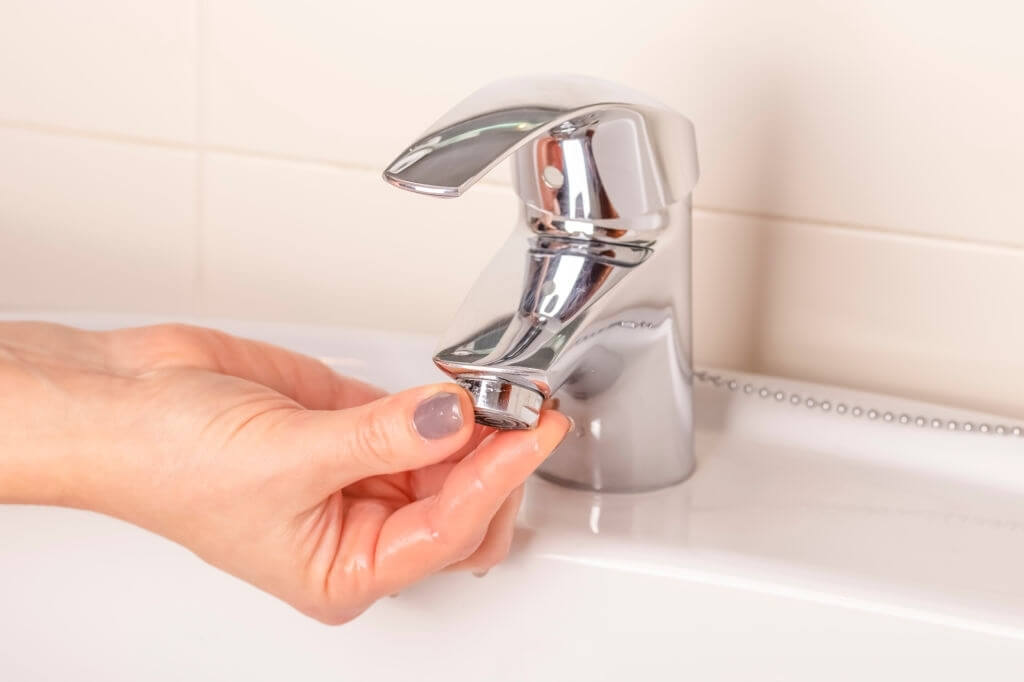



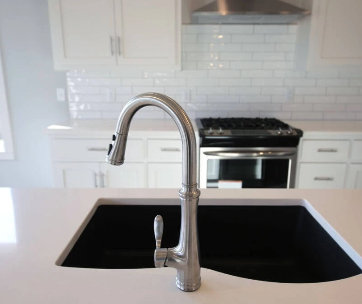
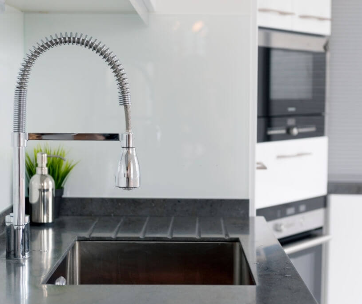

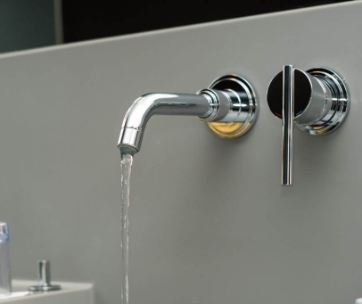
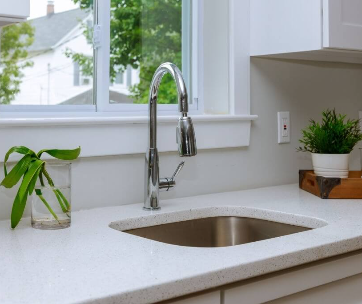
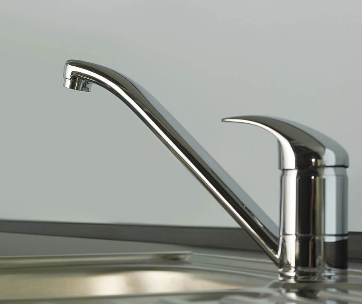
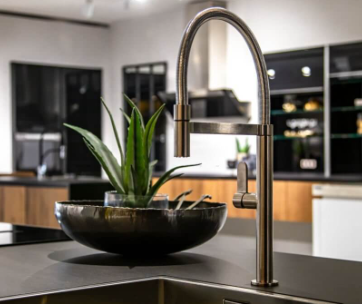
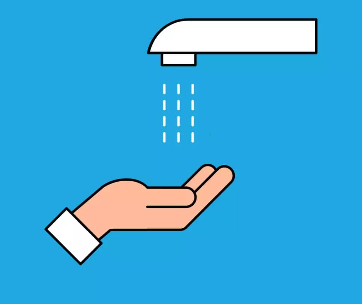
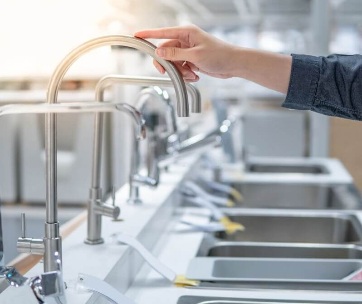

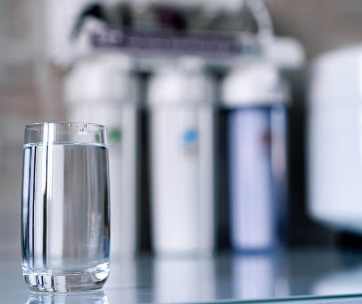
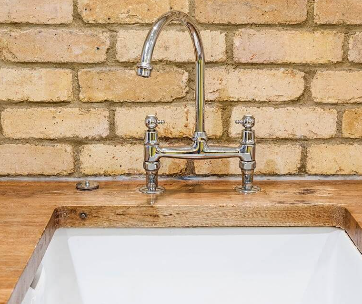
Comments
Nice piece